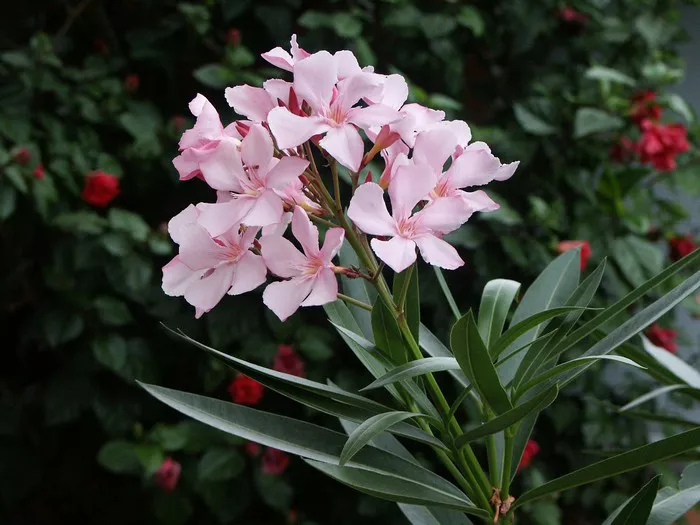Flowers have long been used as a means of communication, conveying sentiments and emotions that words sometimes fail to express adequately. From declarations of love to expressions of sympathy, each flower carries its own unique symbolism, deeply rooted in cultural and historical contexts. Among the myriad meanings attributed to different blooms, one particularly poignant message is that of unrequited love. In this article, we delve into the floral world to uncover the blossom that most eloquently encapsulates the experience of unreciprocated affection.
Understanding Unrequited Love
Unrequited love, often described as one-sided affection, occurs when one person harbors romantic feelings for another who does not share the same sentiment. This unbalanced dynamic can lead to feelings of longing, heartache, and disappointment for the individual experiencing unrequited love. While unrequited love is a common theme in literature, music, and art, its portrayal varies widely, reflecting the complexity and depth of human emotions.
The Language of Flowers
Throughout history, flowers have served as a universal language, allowing individuals to express their feelings and intentions without uttering a single word. This floral symbolism, known as floriography, gained popularity during the Victorian era when expressing emotions openly was often discouraged. Each flower was assigned a specific meaning, enabling individuals to convey messages discreetly through bouquets and arrangements.
The Symbol of Unrequited Love: The Oleander
Among the vast array of flowers, one bloom stands out as a poignant symbol of unrequited love—the oleander (Nerium oleander). Native to the Mediterranean region, oleanders are prized for their fragrant blossoms and evergreen foliage. However, beneath their delicate appearance lies a hidden message of longing and unfulfilled desire.
Characteristics of the Oleander
The oleander is characterized by its clusters of funnel-shaped flowers, which bloom in shades of pink, red, white, or yellow. Despite its beauty, the oleander possesses a dark side, as all parts of the plant are highly toxic if ingested. This duality—beauty juxtaposed with danger—mirrors the complexities of unrequited love, which can be both captivating and perilous.
Historical Significance
The association between oleanders and unrequited love dates back centuries, with references found in literature, mythology, and folklore. In Greek mythology, oleanders were believed to have sprung from the tears of the nymph Nerium, who wept for the unrequited love of a shepherd. This mythological connection imbues the oleander with a sense of tragic romance, making it a fitting symbol for unreciprocated affection.
Literary References
The symbolism of the oleander as a representation of unrequited love is echoed in various works of literature. In poetry, the flower is often used to evoke themes of longing, despair, and unfulfilled passion. Writers such as Alfred, Lord Tennyson, and William Shakespeare have incorporated references to oleanders in their works, underscoring its association with unrequited love.
Cultural Perspectives
Across different cultures, the oleander holds diverse meanings, yet its association with unrequited love remains a recurring motif. In Eastern cultures, the oleander is sometimes viewed as a symbol of caution or warning, reflecting its toxic properties. Despite these cultural variations, the underlying theme of unreciprocated affection persists, transcending geographical and linguistic boundaries.
Modern Interpretations
In contemporary society, the symbolism of the oleander continues to resonate, albeit in evolving ways. From literature to visual arts, the flower serves as a potent symbol of love’s complexities, reminding us of the bittersweet nature of romantic longing. In popular culture, references to the oleander abound, further cementing its status as an enduring emblem of unrequited love.
Conclusion
In the vast lexicon of floral symbolism, the oleander stands out as a poignant reminder of the complexities of human emotion. With its delicate beauty and hidden toxicity, the oleander encapsulates the essence of unrequited love—a longing that remains unfulfilled, yet undeniably profound. Across cultures and centuries, the symbolism of the oleander endures, serving as a timeless emblem of love’s triumphs and tribulations. As we navigate the intricacies of the heart, let us not forget the silent language of flowers, which speaks volumes even in moments of unspoken desire.


